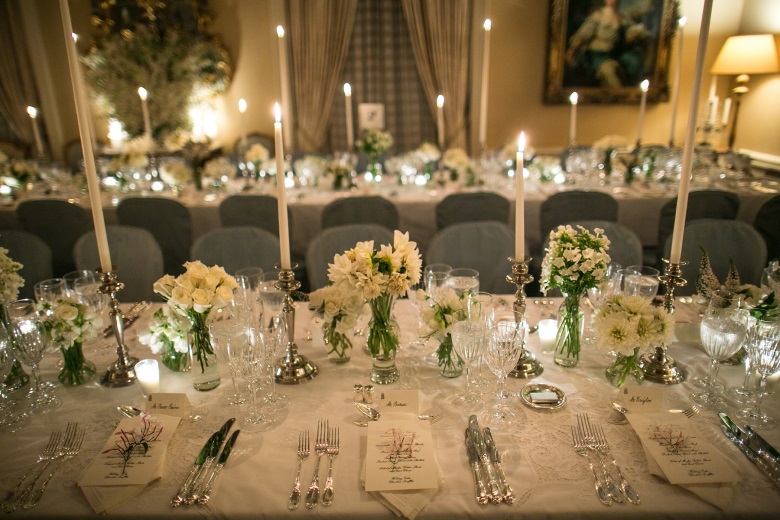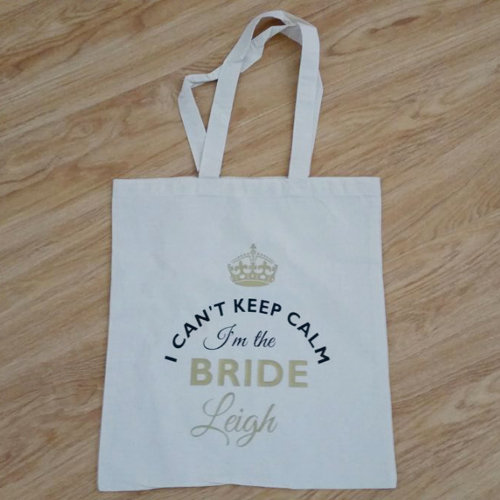Seating Arrangements - Tips And Mistakes
Sorting out the seating arrangements for your wedding reception can be a very stressful and tedious task. Sensitivity is required in the case of shy guests, or mutual friends or family members that do not get along with one another. Still, it is of utmost importance that you make the effort to make your guests feel comfortable and welcomed because, if they do not enjoy your wedding, there will be an unpleasant atmosphere that will likely permeate the ambience of the entire occasion.
A pre-planned seating chart is almost always necessary, unless you are having a very small, intimate wedding. In addition, it is actually expected by the guests and is, therefore, appropriate. Usually, the table closest to the main bridal table is for the bridal couple’s parents as well as the officiant and his or her spouse. The bridal table is usually for the bride, groom, Maid of Honour, bridesmaids, Best Man and groomsmen. Many couples often include their parents at this table rather than at a separate one. Alternatively, some couples have opted for a private table, just for the two of them.
The following mistakes should be avoided when organising the seating plan:
- Leaving the step-parents out of the bridal table while the parents are included
- Having one table for all of the people that do not fit anywhere else (this just makes for one awkward, quiet table of uncomfortable guests)
- Having a table for children with no one to look after them
- Seating two single people next to one another with the obvious intent for them to get to know one another better (this is inappropriate and can be very embarrassing for both of them)
- Not assigning any seats and causing a rush for the “good” seats (this also takes longer)
- Seating the elderly near speakers or too far away from the action to see or hear anything
- Splitting couples up
These tips should help in creating an orderly, appropriate seating chart with minimal frustration:
- Make sure that the seating chart is clearly visible and easy to understand
- Make sure that any place cards or names are written in a font that is large and simple enough to read
- Have all of the parents and step-parents at one table OR enjoying the same proximity to the bridal couple as one another to avoid feeling of jealousy or arguments
- Seat every guest at a table with at least one other person or couple that they know
- Consider the personalities and interests of your guests when planning their seating arrangements
- Ask your mother-in-law-to-be to help with the seating of the members from the other side of the family, some of whom you may not have met
- Seat speakers close to the floor so that they do not have to come from the back of the room, perhaps tripping over bags on their way
- Try to put families, friends and colleagues together and then include a person or couple that does not know anyone else at the reception
- Ask friends and family to speak to any individual or couple that does not know others
- Do not put any ex-couples at the same table. Even if they really are alright in one another’s company, their new partners may not feel quite as comfortable
- Place tables and chairs in such a way that it is easy for serving staff to access every guest and that allows for guests to move easily between them
- Place elderly ones and pregnant guests closer to the toilets
- Be sure to tell the caterers the name and table number of guests with dietary preferences (vegetarian, kosher, Halaal, allergies etc...)
Photo Credits: designerchaircoverstogo.com





